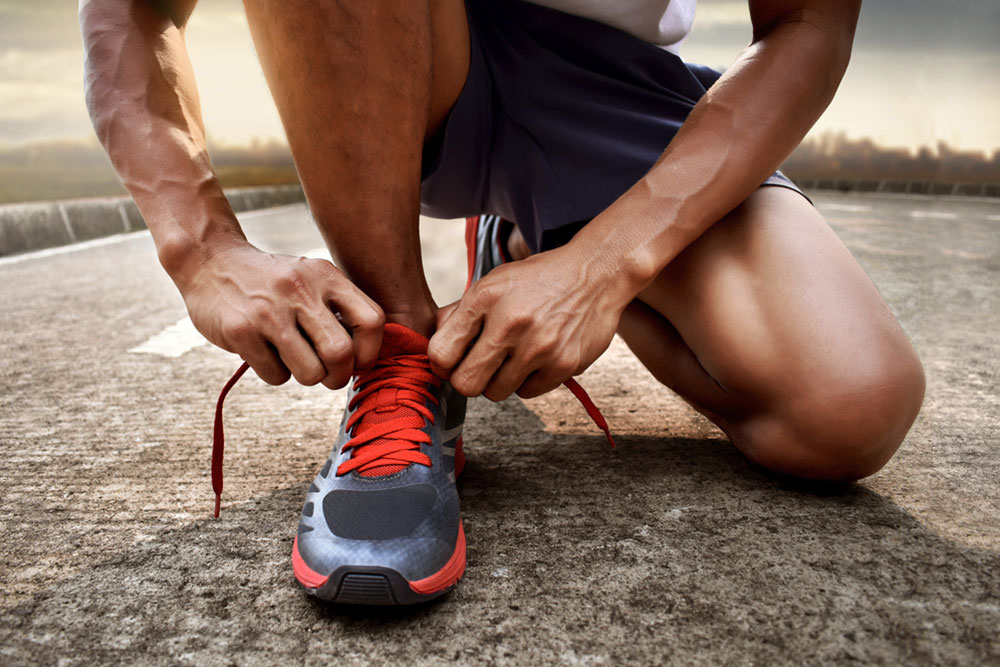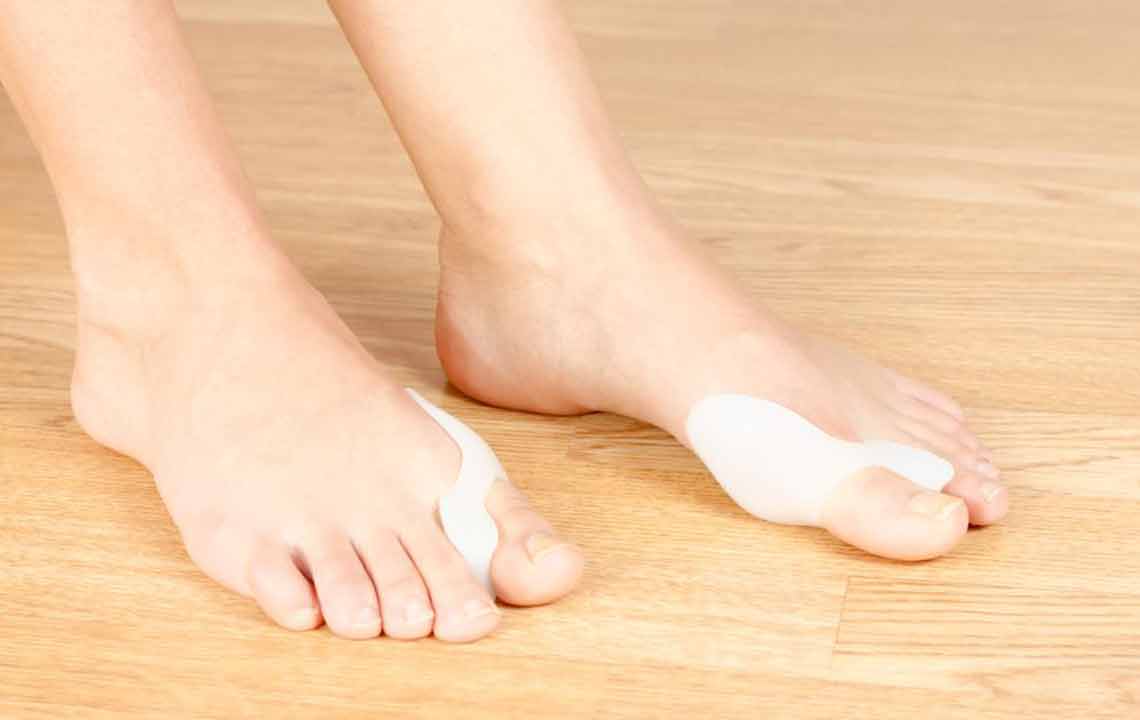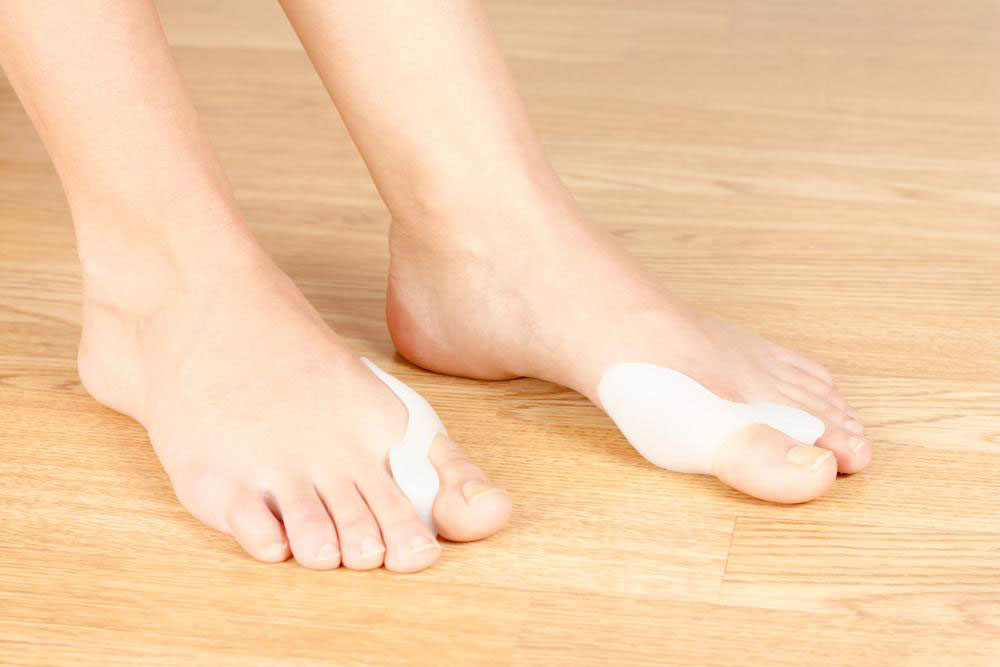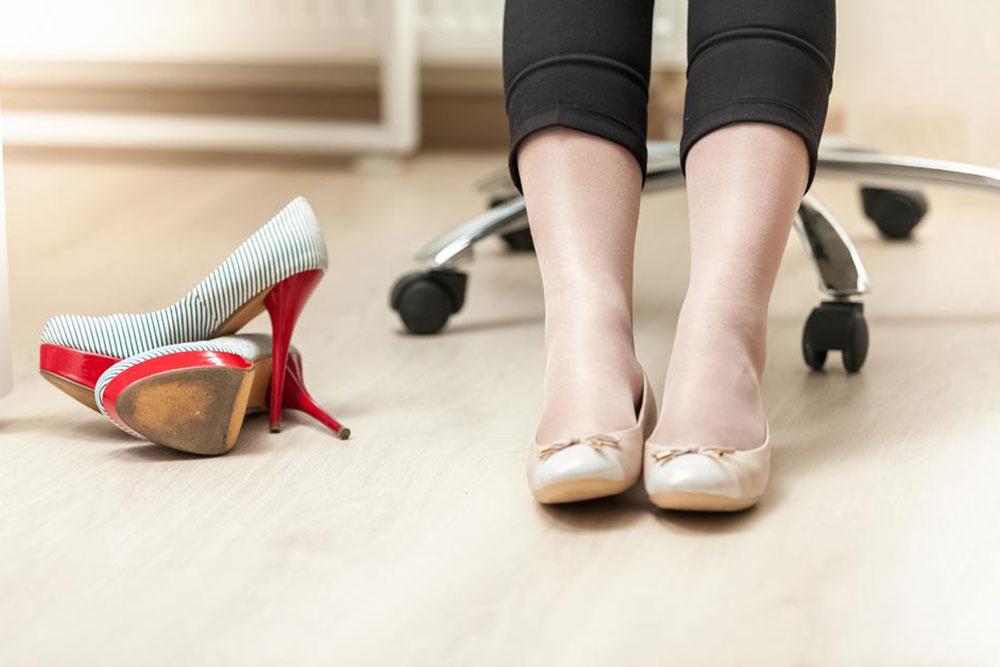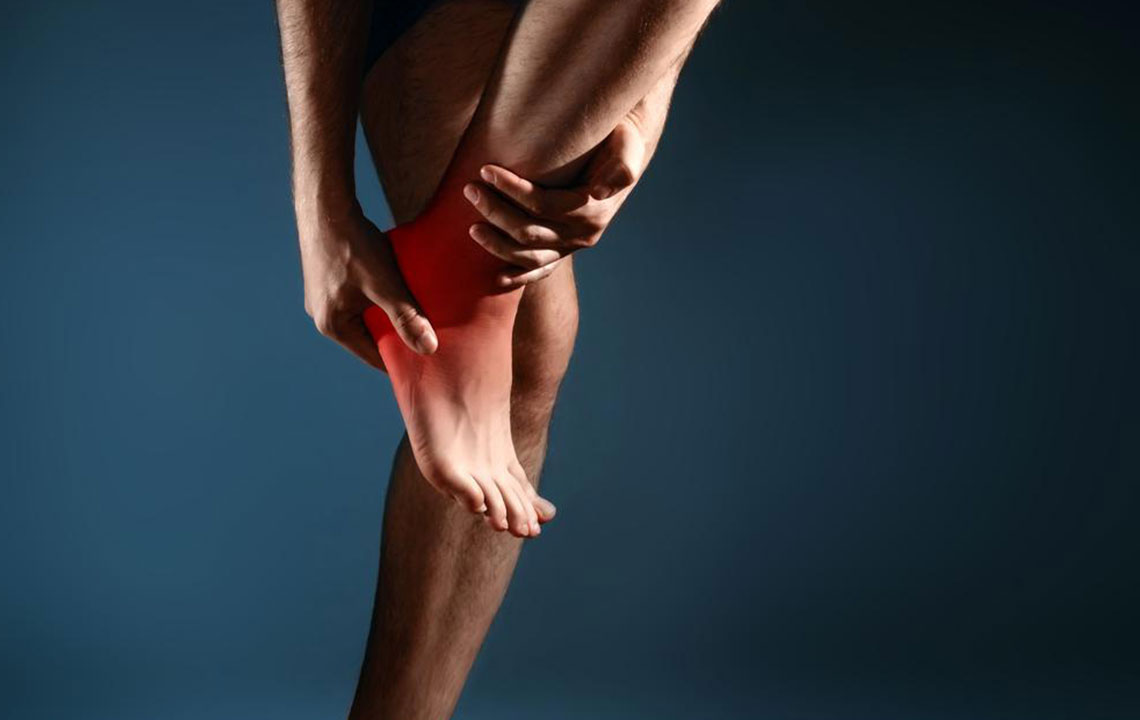Effective Strategies for Bunion Relief and Management
Discover effective methods for treating bunions, from supportive footwear and orthotics to ice therapy and medical interventions. Learn how to prevent and relieve bunion pain with proper care and timely treatment. Consult a healthcare professional for personalized advice to manage this common foot condition effectively.
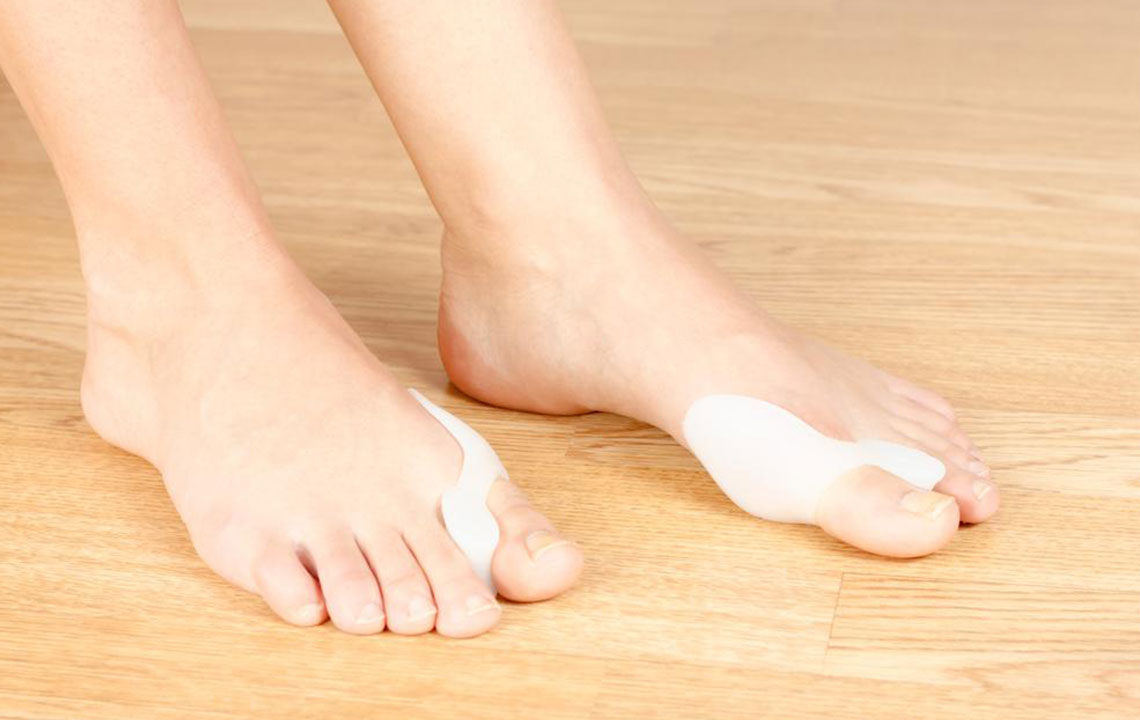
Effective Strategies for Bunion Relief and Management
Bunions, scientifically known as hallux valgus, are a widespread foot issue affecting many individuals. They develop when bone or tissue around the big toe joint shifts out of alignment, often caused by prolonged improper foot movement. One major factor contributing to bunions is consistently wearing ill-fitting shoes. Excessive pressure from footwear, especially tight or high-heeled shoes, can push the big toe outward, forming a painful bump at the joint.
Persistent bunions can cause significant discomfort and require prompt intervention.
Are Your Shoes Contributing?
Footwear choices greatly impact bunion development. Shoes that squeeze or exert pressure on toes, like stilettos, are common culprits. Women are more prone to bunions, especially with aging and stiff joints, which increase susceptibility. Choosing supportive, roomy footwear with wide toe boxes, low heels, and cushioned insoles can help prevent bunions.
If a bunion has formed, several treatments might alleviate discomfort.
Padding, Splints, and Orthotics
For mild symptoms, switching to comfortable shoes and using bunion pads, splints, or orthotic inserts can provide relief. Ensuring these devices don’t shift pressure elsewhere is important. Modern shoes with specialized insoles help lessen stress on affected joints, aiding in foot shape recovery.
Reduce Pressure and Use Proper Footwear
Avoid activities that put undue strain on your feet, like excessive cycling or swimming. Always wear shoes with adequate room, deep toe boxes, and stable arch supports. Steer clear of tight or high-heeled footwear that could worsen bunions.
Relieve Pain with Ice and Elevation
If pain occurs, applying ice wrapped in a cloth to the bunion for 10-20 minutes can help. Elevating your foot above heart level and doing simple foot exercises can also reduce discomfort.
Supportive Devices and Ice Therapy
Arch supports and custom orthotics are effective in distributing weight evenly and offloading pressure from the joint. Felt pads can prevent friction, and well-fitted, breathable shoes promote comfort. Warm compresses and gentle massages can soothe tired feet and decrease pain. A warm foot soak followed by massage may provide additional relief.
Medication and Surgical Options
Over-the-counter pain relievers like acetaminophen or NSAIDs such as Ibuprofen can help manage bunion pain. However, consulting a healthcare professional for personalized advice is crucial. Severe bunions might require surgical correction under local or general anesthesia. Timely medical attention is essential to prevent worsening and to explore suitable treatment options.

